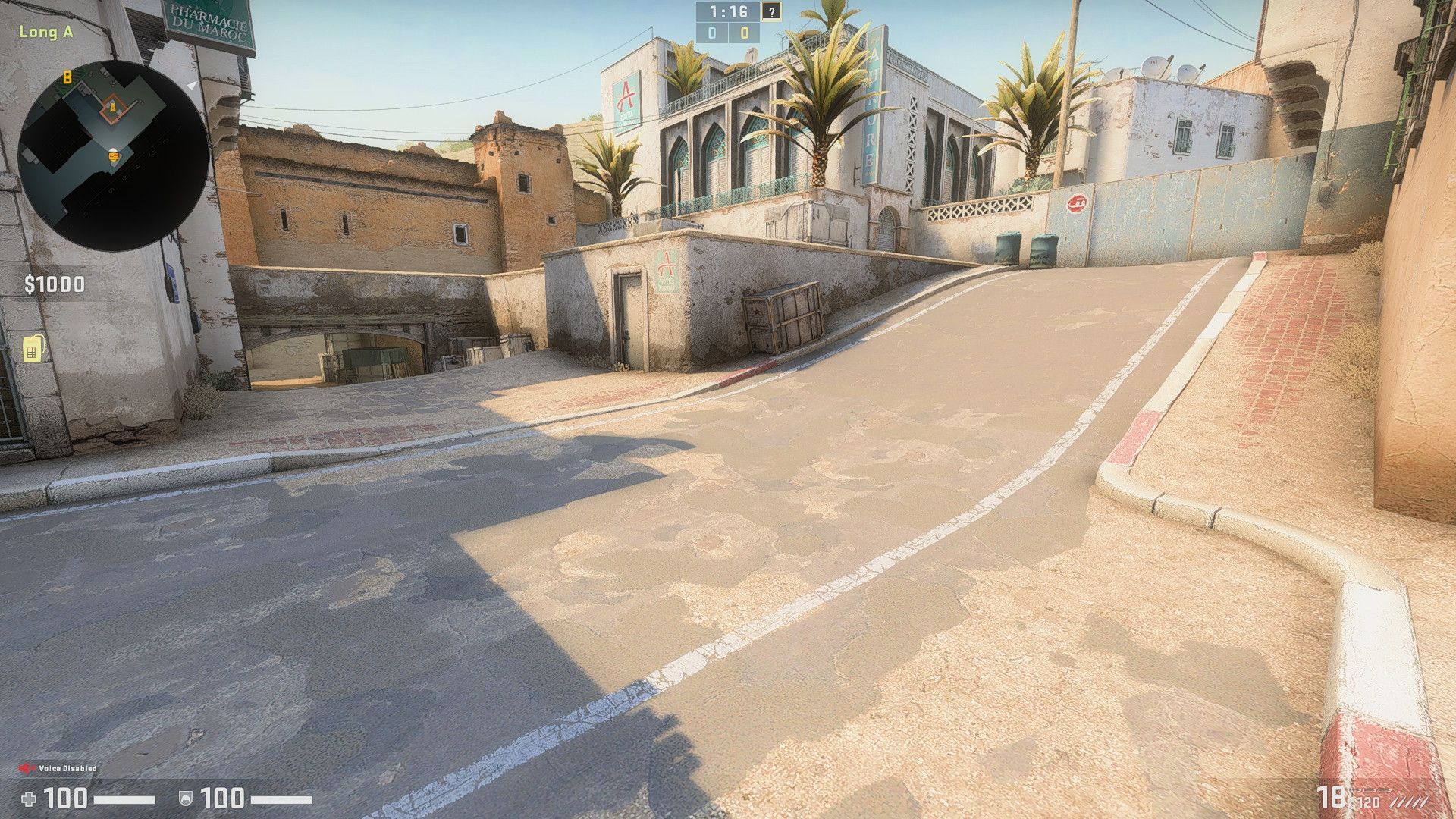Dramacool Hub
Your go-to source for the latest dramas, reviews, and insights.
When Pixels Dance: The Surprising Truth About CS2 Graphics
Uncover the shocking secrets behind CS2 graphics! Dive into the world of pixel art and discover the truth that every gamer needs to know.
Unveiling the Magic: How CS2 Graphics Revolutionized Pixel Art
The gaming landscape has undergone a remarkable transformation with the release of CS2, bringing a new dimension to pixel art. This title not only captures the hearts of players with its immersive gameplay but also showcases a stunning revolution in graphical capabilities. By leveraging advanced rendering techniques and optimizing pixel density, CS2 has redefined what pixel art can achieve. Gamers are now treated to vibrant, richly detailed graphics that maintain the charm of classic pixel art while elevating it to a level that feels fresh and innovative.
Moreover, the influence of CS2 extends beyond aesthetics; it has ignited a creative renaissance among artists and developers. The platform's ability to blend traditional pixel art with modern graphical elements allows for an unprecedented range of expression. As a result, pixel art enthusiasts are experimenting with new styles, techniques, and storytelling methods. With CS2 leading the charge, we're witnessing a revitalization of the pixel art genre that captivates both old-school gamers and newcomers alike, illustrating the profound impact of graphics evolution on artistic creativity.

Counter-Strike is a popular first-person shooter game that pits teams against each other in tactical combat. Players can choose different roles and strategies to outsmart their opponents, and those looking to enhance their gaming experience can explore Kostenlose CS2-Hüllen for unique skins and items.
From Pixels to Perception: Understanding the Artistic Choices in CS2
In the realm of digital art and game design, the transition from pixels to perception is a transformative journey that shapes how players experience a game. In CS2, the artistic choices made by designers are not merely aesthetic; they are critical for enhancing the overall immersion and narrative. By employing advanced color palettes, dynamic lighting, and intricate textures, developers guide players' perception of the environment, creating a visceral connection to the gameplay. These elements are carefully orchestrated to evoke specific emotions and reactions, ultimately driving the player's engagement with the game.
Moreover, understanding the artistic choices in CS2 requires an appreciation of how these decisions impact gameplay. For example, the use of minimalist design elements can streamline a player's focus and enhance strategic thinking, while vibrant and detailed visuals can stimulate enthusiasm and a sense of adventure. The pixels that constitute the game's graphics serve as the foundation upon which these perceptual experiences are built, influencing not just how players see the game, but how they feel about it. This intricate dance between art and function is what sets CS2 apart in the landscape of competitive gaming.
Does CS2 Really Change the Way We View Graphics?
The release of CS2 has sparked conversations around the evolution of graphic design and its implications on our viewing experience. With its advanced capabilities, CS2 integrates features that enhance the overall aesthetic appeal of visuals, allowing designers to experiment with textures, colors, and forms like never before. This progress prompts us to reconsider the standards of graphic quality and what it means for various industries, from advertising to digital art.
Moreover, CS2 pushes the boundaries of traditional graphics software by introducing innovative tools that streamline the creative process. The user interface is designed to facilitate a more intuitive workflow, enabling artists to focus on their creativity rather than technical limitations. As a result, this shift not only changes the way we create graphics but also transforms our perception of visual storytelling, ultimately influencing how audiences engage with art and media.